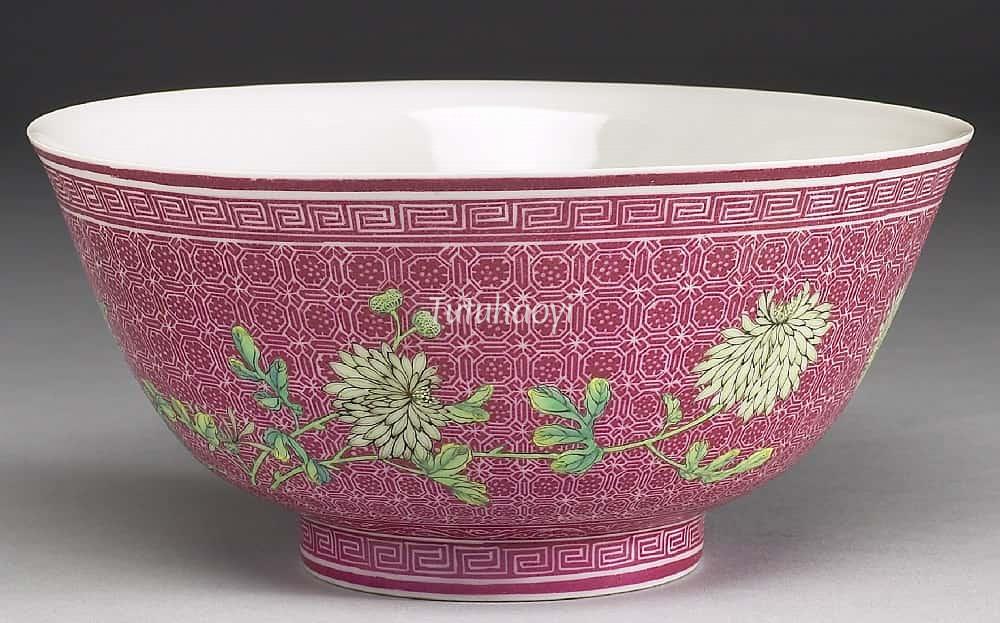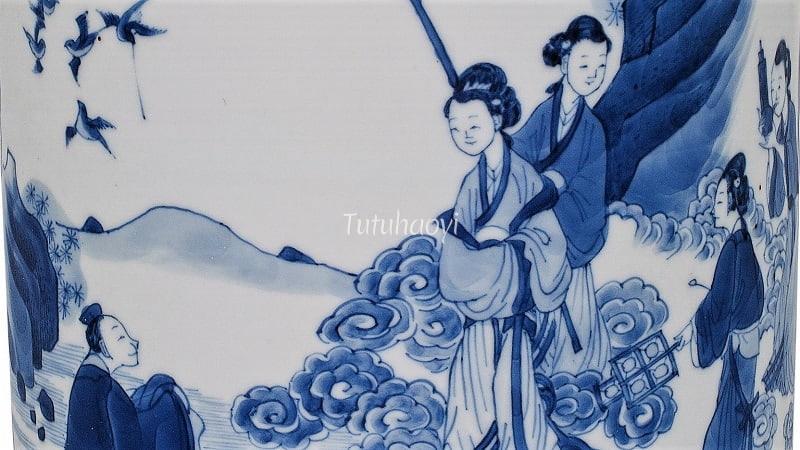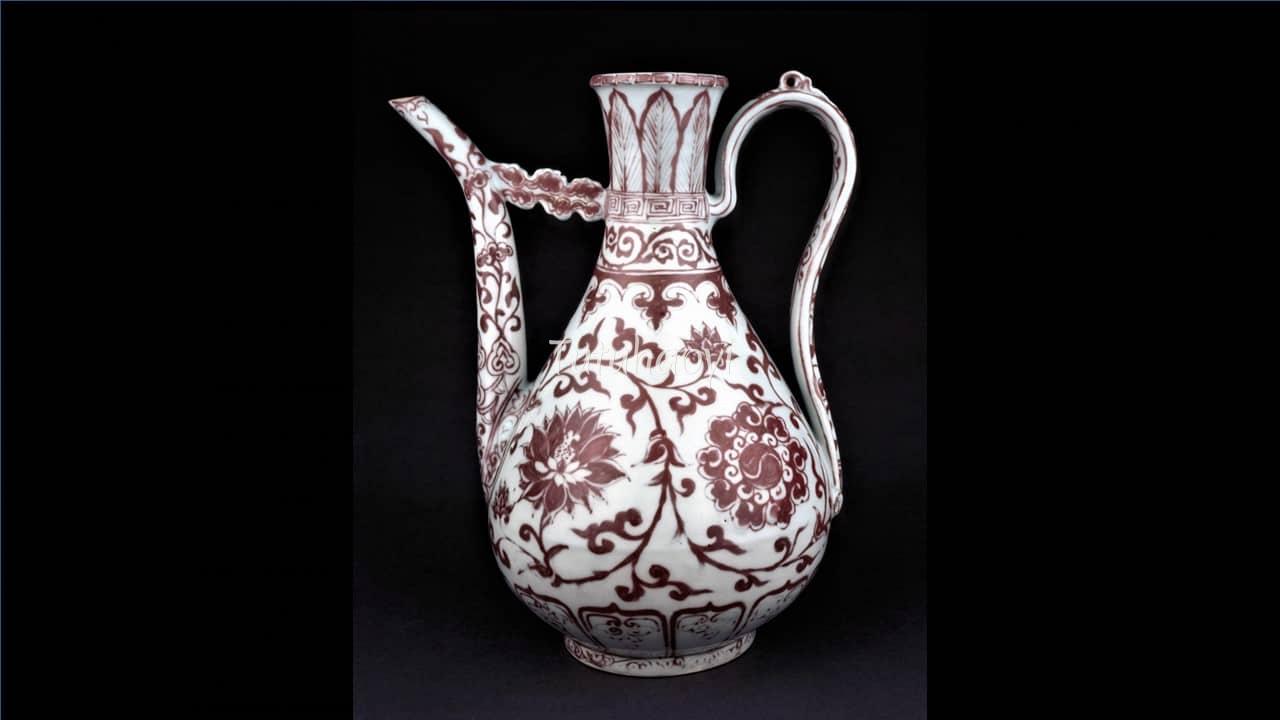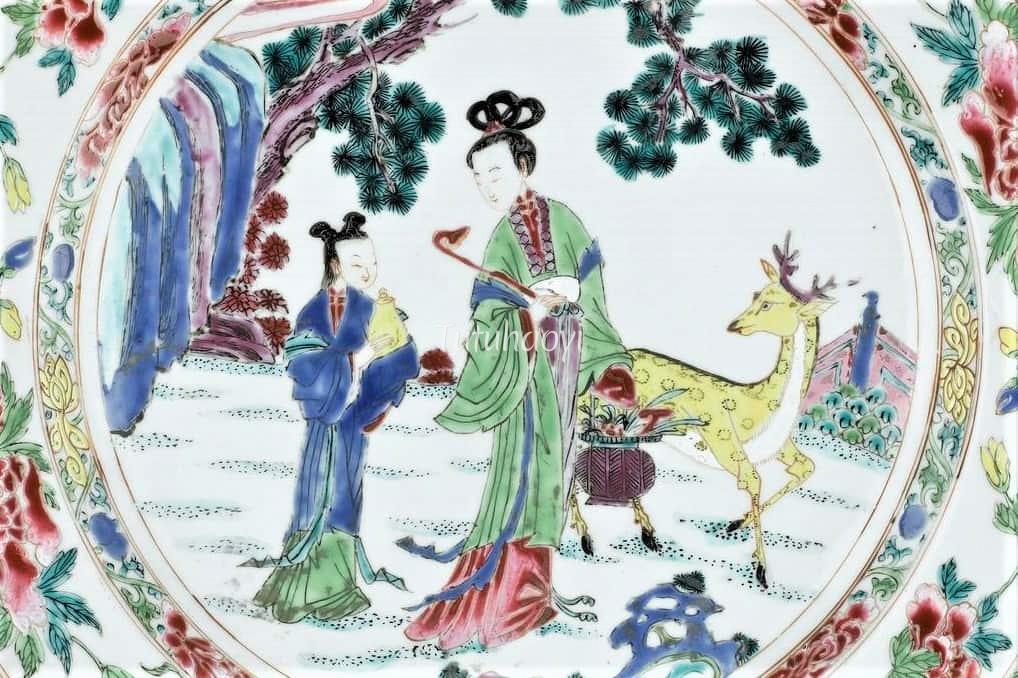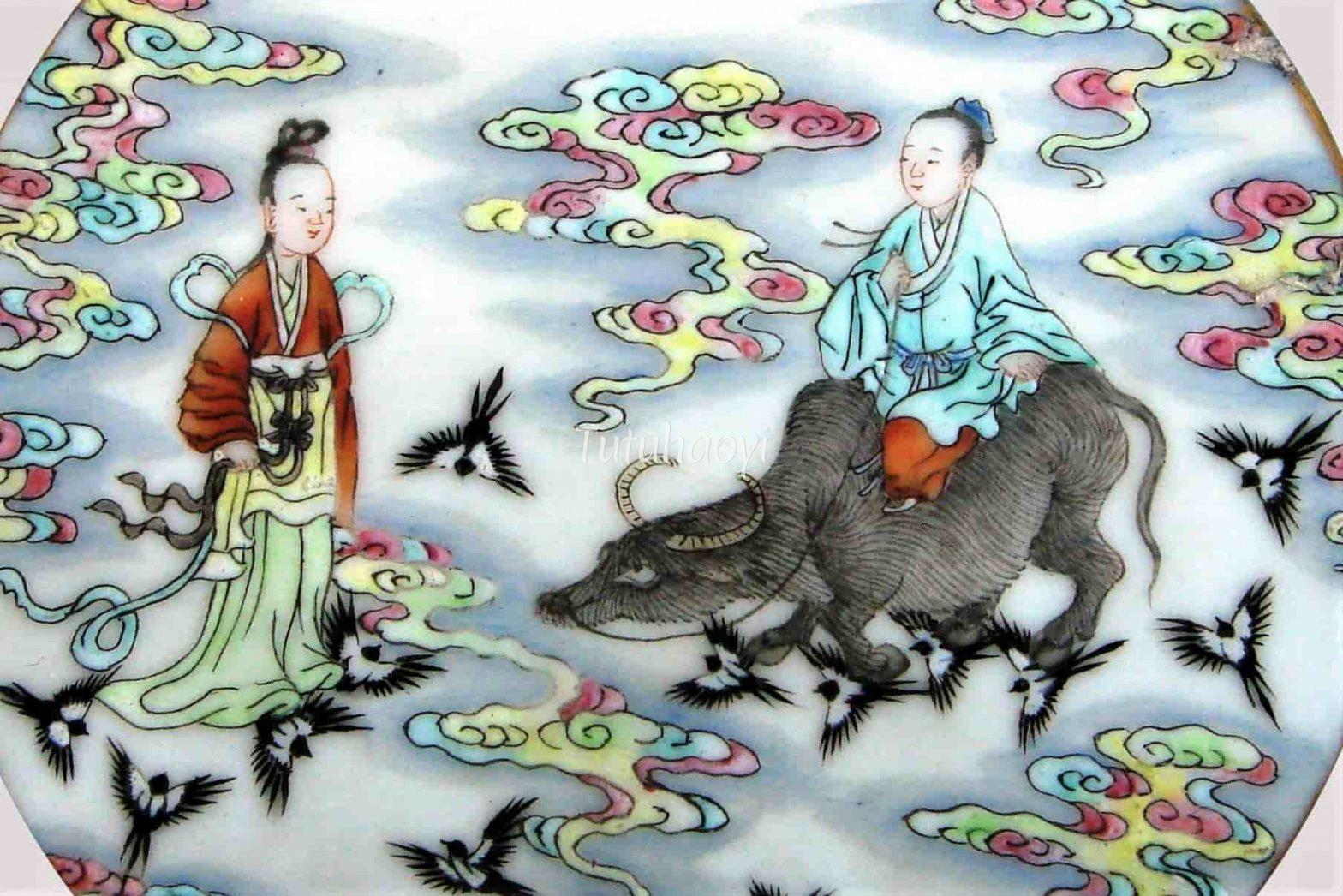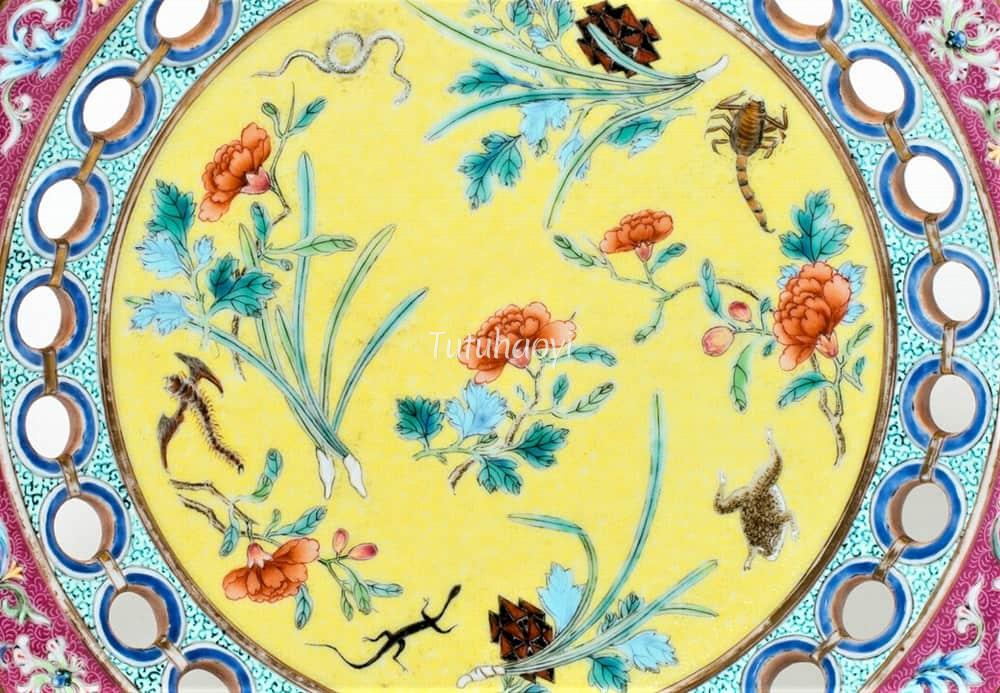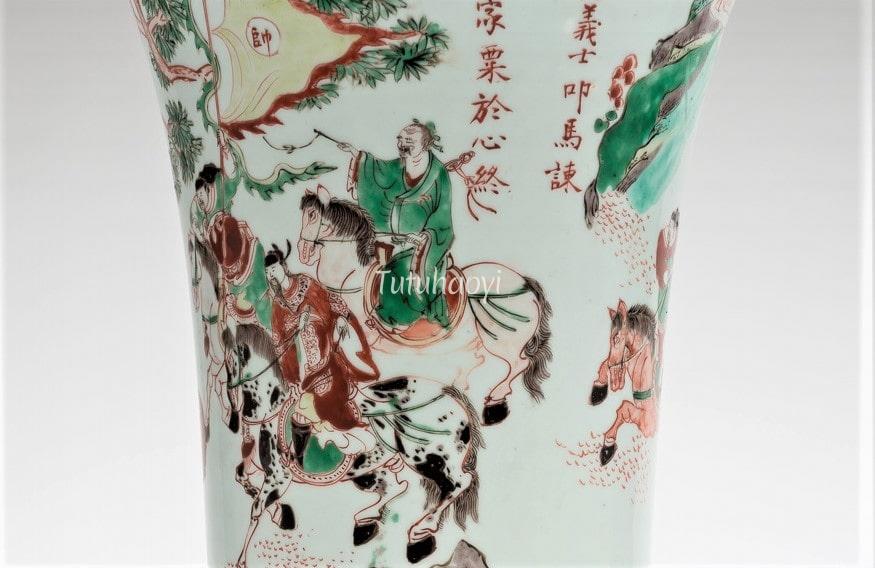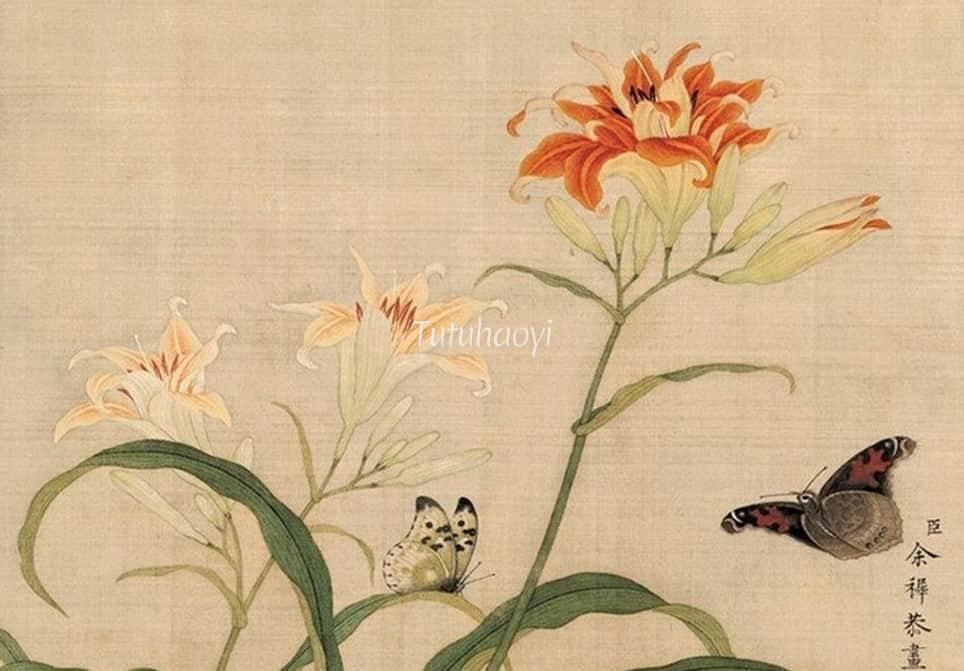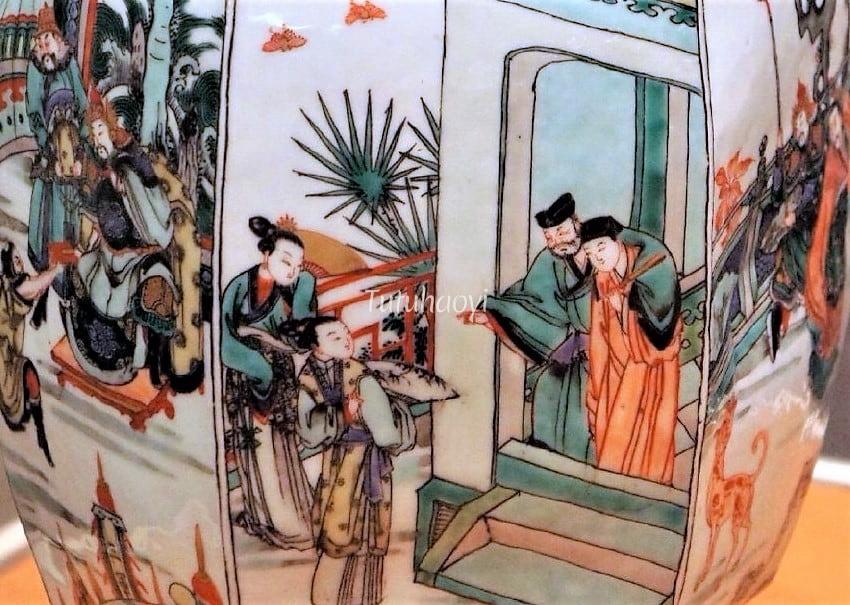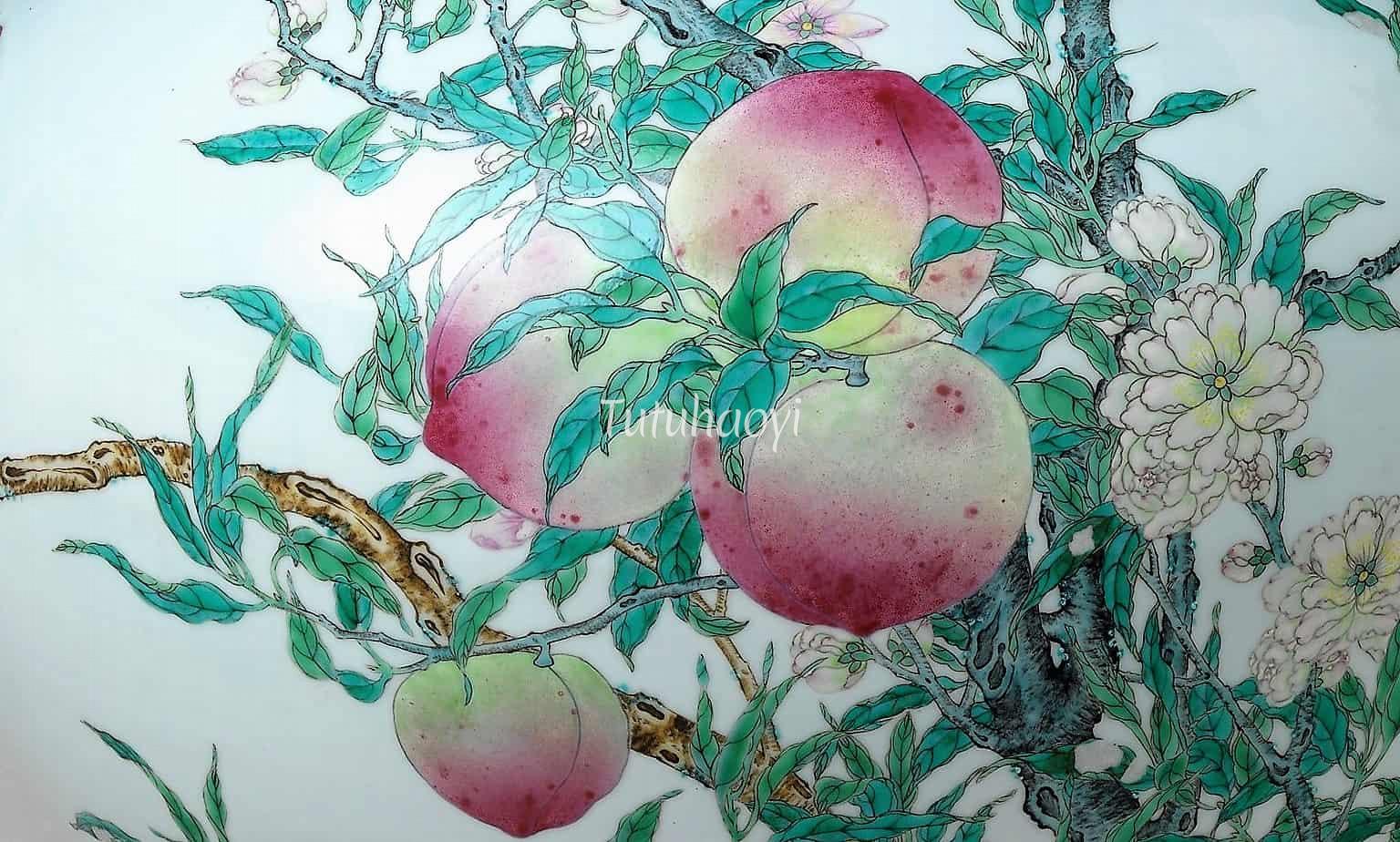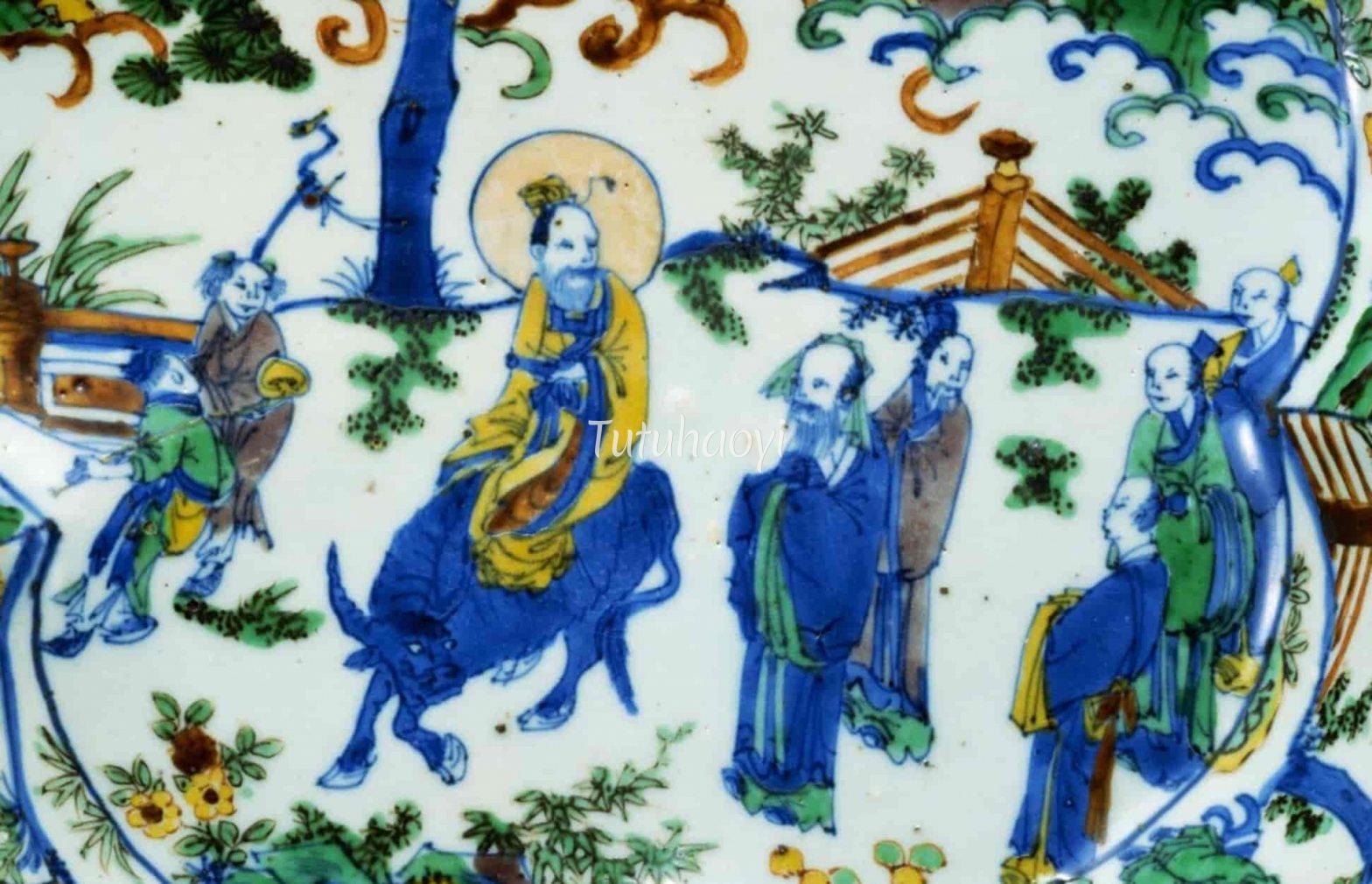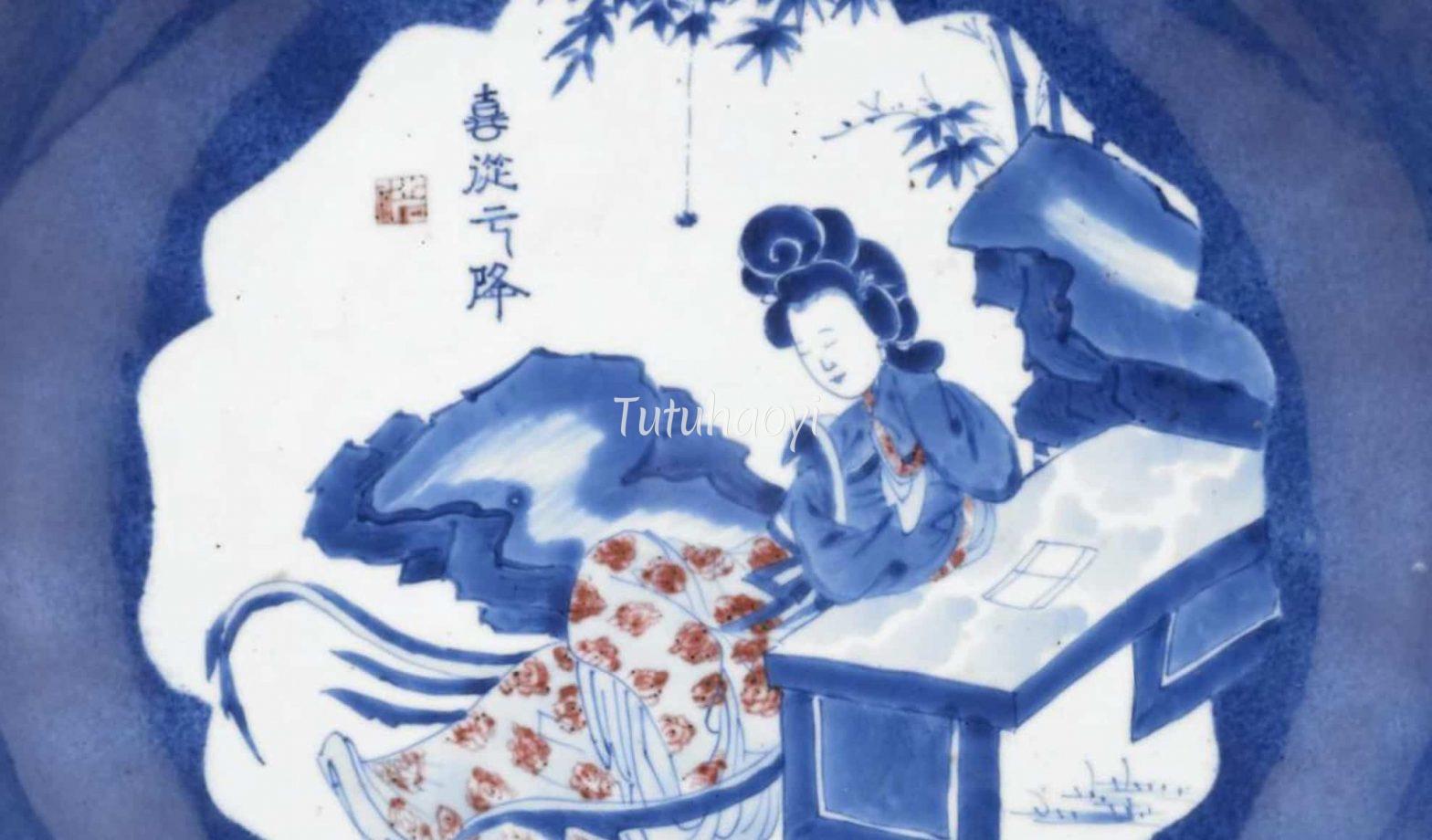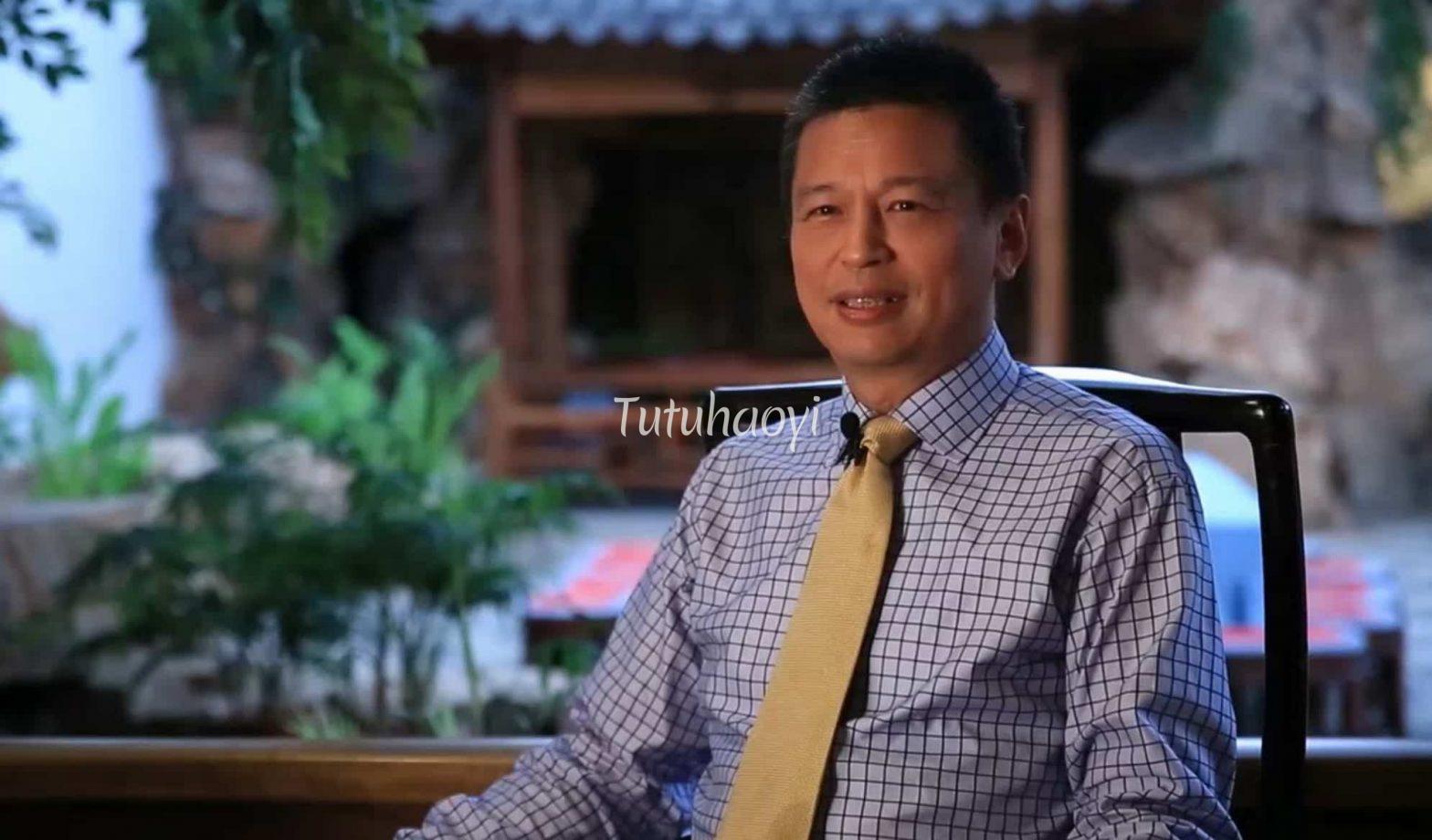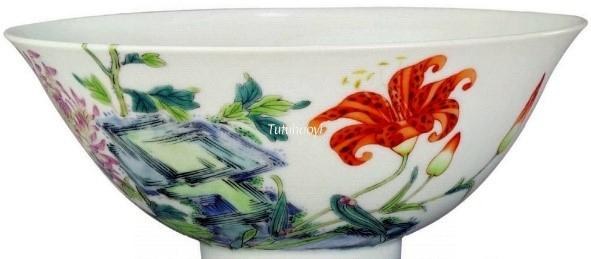- No products in the cart.
The ‘Double Yang Day’ in Chinese Traditional Festivals
Posted inculture and customs
The ninth day of the ninth month is a special day in the Chinese lunisolar calendar. According to the Classic of Changes (易经 Yi Jing), ‘nine’ is a Yang number, and the ‘Double Ninth Day’ is considered auspicious and should be celebrated as a ‘Double Yang Festival’.
Continue Reading
Continue Reading

